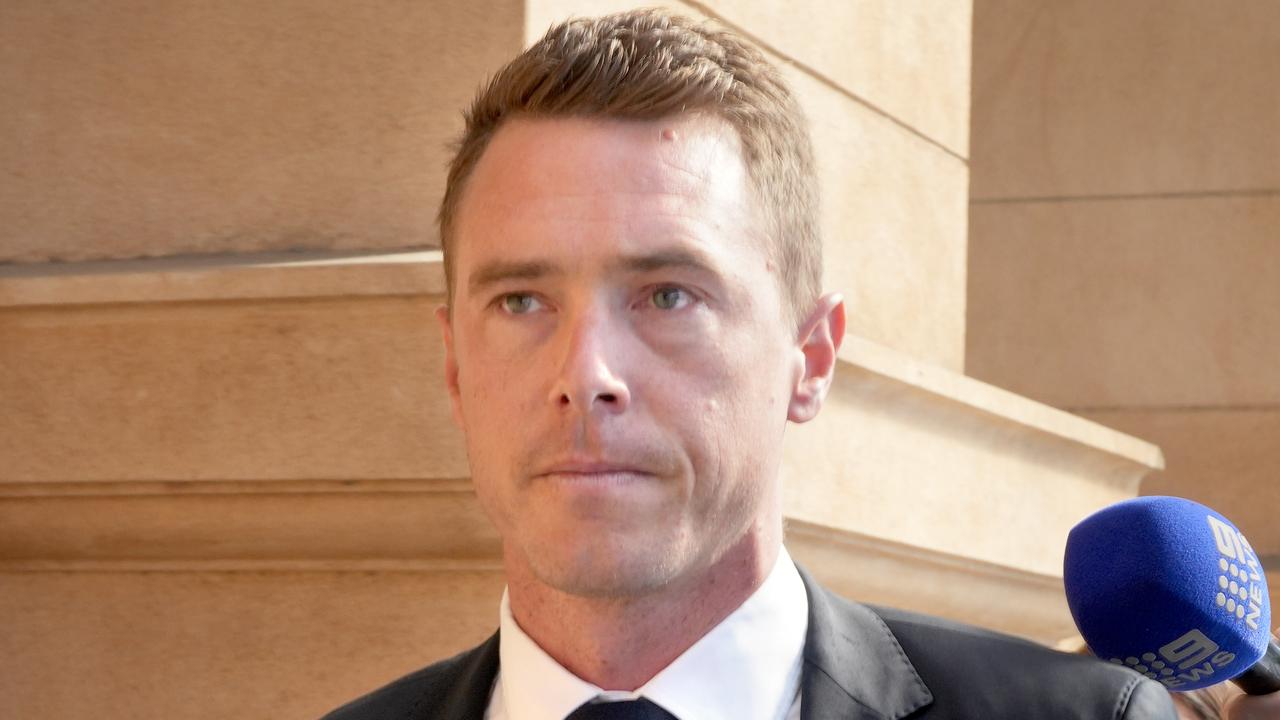Paul Starick: Adelaide University merger deal is big policy achievement of Peter Malinauskas’s government
Hydrogen has bombed out and the ramping crisis is definitely not fixed. But providing his federal counterparts don’t muck it up, there’s one policy the Premier can hang his hat on.

With a state election ten months away, there is one major election policy commitment that the Malinauskas government can hang its hat on – and it’s not fixing the ramping crisis.
A merger of the universities of Adelaide and South Australia had been discussed for years, without ever going far.
Back in 2018, merger talks were scuttled when the universities jointly declared they were “unable to reach agreement on the threshold issues and strategic risks”.
Now, though, the merged Adelaide University is due to open its doors next year. This historic outcome has been achieved with relatively little fuss.
This is a substantial policy achievement for Premier Peter Malinauskas, having in October, 2020, declared a university merger a first-term priority for a Labor government. Revealing the policy to The Advertiser, Mr Malinauskas at the time said there was “strong evidence” a merger “has the capacity to deliver outcomes for our state’s economy and the welfare of people”.
As far back as 2020, Mr Malinauskas was insisting the key merger objectives were an internationally recognised top 100 university to drive economic growth through ensuring high-quality research was funded.

Now, though, he clearly believes those critical economic plans are jeopardised by federal government moves to restrict international student numbers, which the Premier last week carpeted as “some of the most self-defeating policy … in a long time”.
“I’ve said this pretty strongly previously – but if this was any other industry, if this was the mining industry, every second TV ad during the federal election would’ve been about how a federal government is trying to kill the goose that’s laid the golden egg in mining,” he told an AmCham lunch last Friday.
“Well, we’re doing it now in international education.”
On Thursday, his argument was substantially bolstered by a higher education report from the influential S & P Global Ratings agency.
This said the re-elected federal Labor government’s “plans to quickly reverse the sharp rise in foreign student numbers” would “dampen universities’ revenue growth and consequently erode rating headroom”.

Asked by The Advertiser about the implications for SA, S & P Global Ratings analyst Martin Foo, the report author, said de facto caps on new international student enrolments would not be strongly binding on Flinders University or UniSA.
But there were potential consequences for the University of Adelaide this year, with caps applying more stringently to “mostly prestigious inner-city universities” that have “grown their foreign student numbers the quickest”. This could force a reduction in foreign enrolments.
Mr Foo says the methodology for assessing caps from 2026 onwards is unclear but points out the new Adelaide University “should be able to devote a larger combined marketing and recruitment budget to bringing in new students”.
Universities also have some revenue flexibility, he says, pointing out the University of Adelaide will hike international tuition fees by an above-inflation 4-5 per cent in 2025.
But, in a potential limiting of the merged university’s ambition, Mr Foo points out: “Universities’ financial performance could hinge on their ability to adjust costs and make unpopular headcount reductions if necessary.”
By itself, none of this is a major threat to the new Adelaide University, which has committed to no forced redundancies for 18 months after opening.
But the overseas student limits clearly have concerned the Premier, who has repeatedly criticised both major federal parties over the issue.
The merged Adelaide University is a big achievement. The state cannot afford this to be undermined by federal moves to curb foreign student numbers, that are ill-fitting for Adelaide’s population and economy.
More Coverage
Originally published as Paul Starick: Adelaide University merger deal is big policy achievement of Peter Malinauskas’s government





